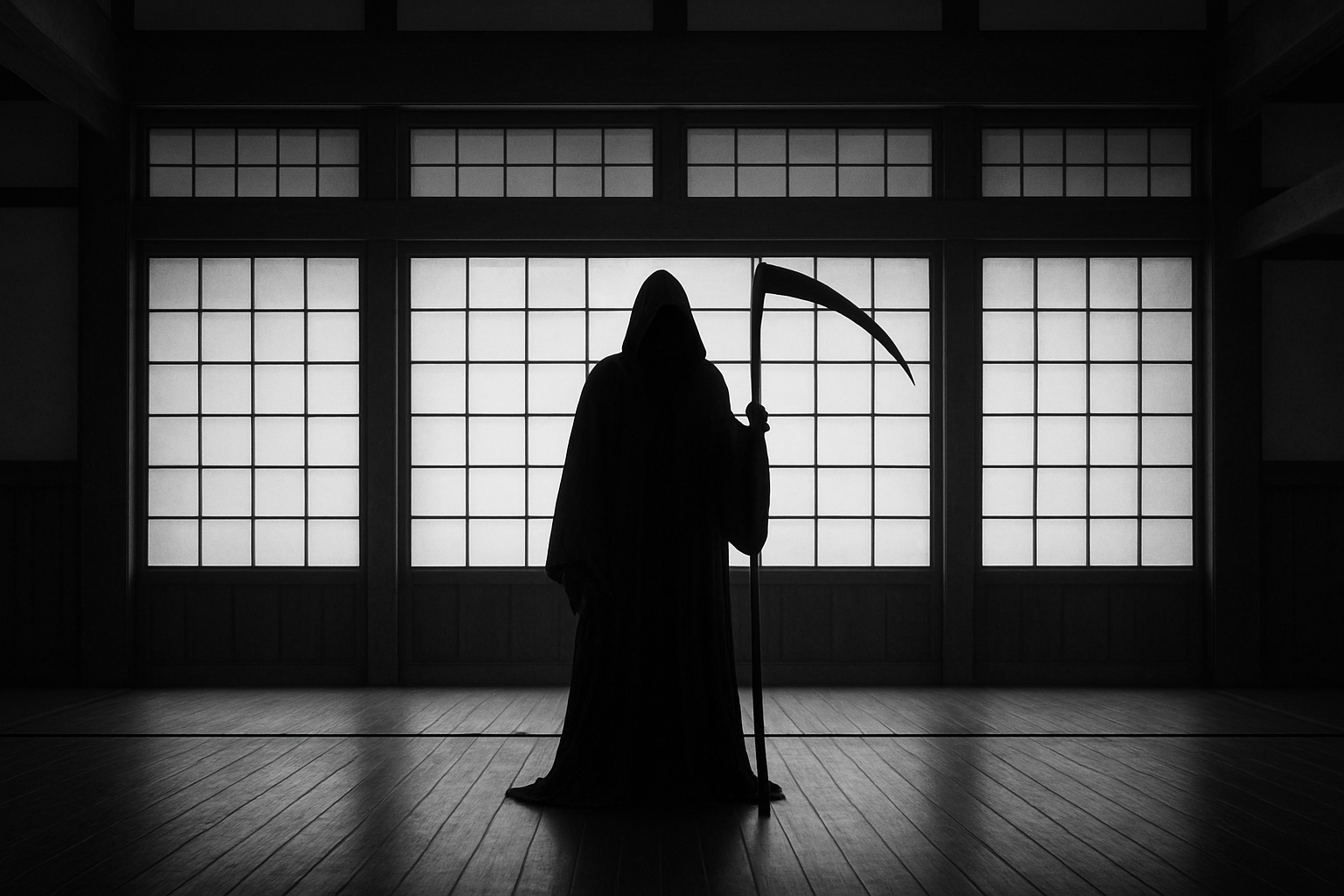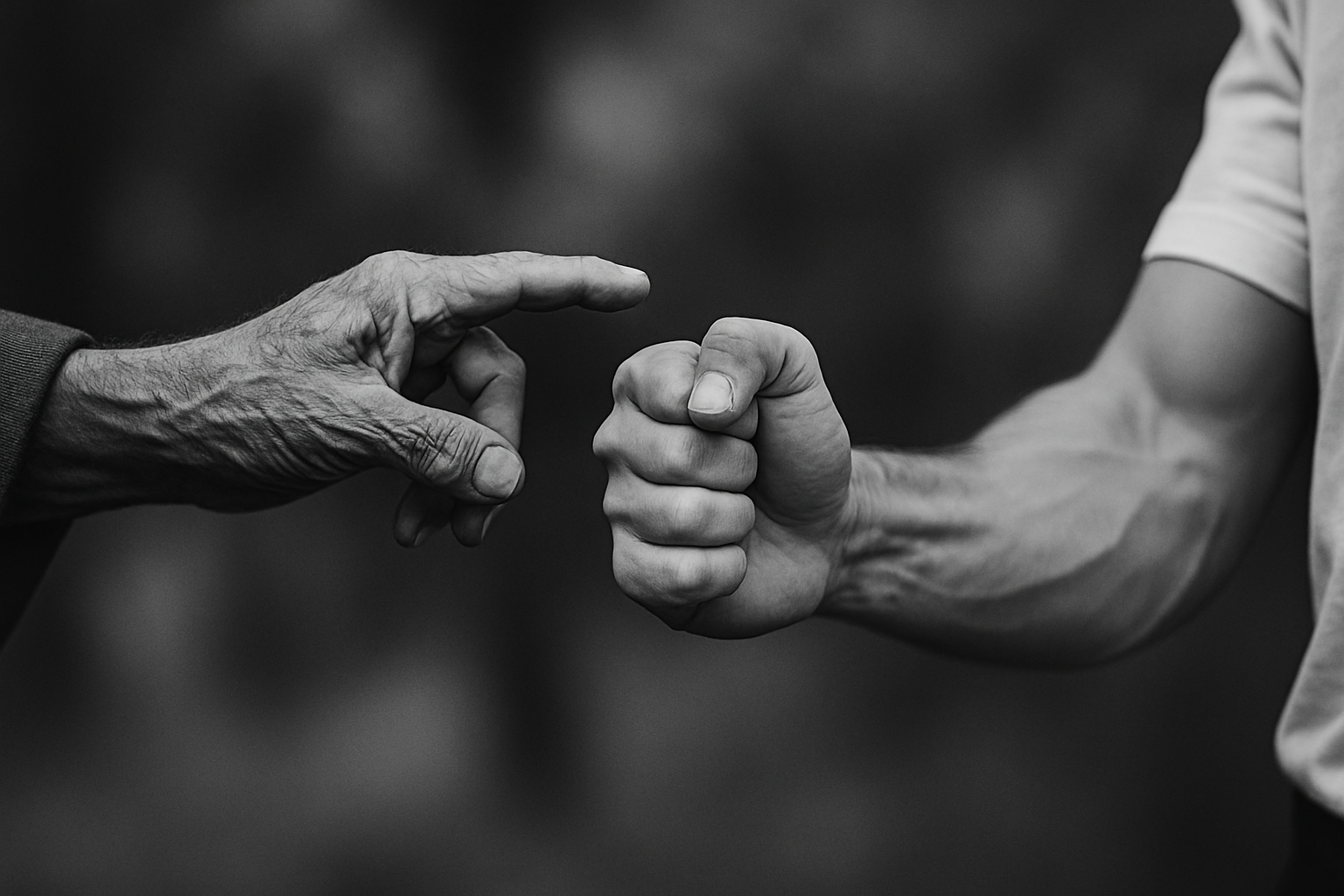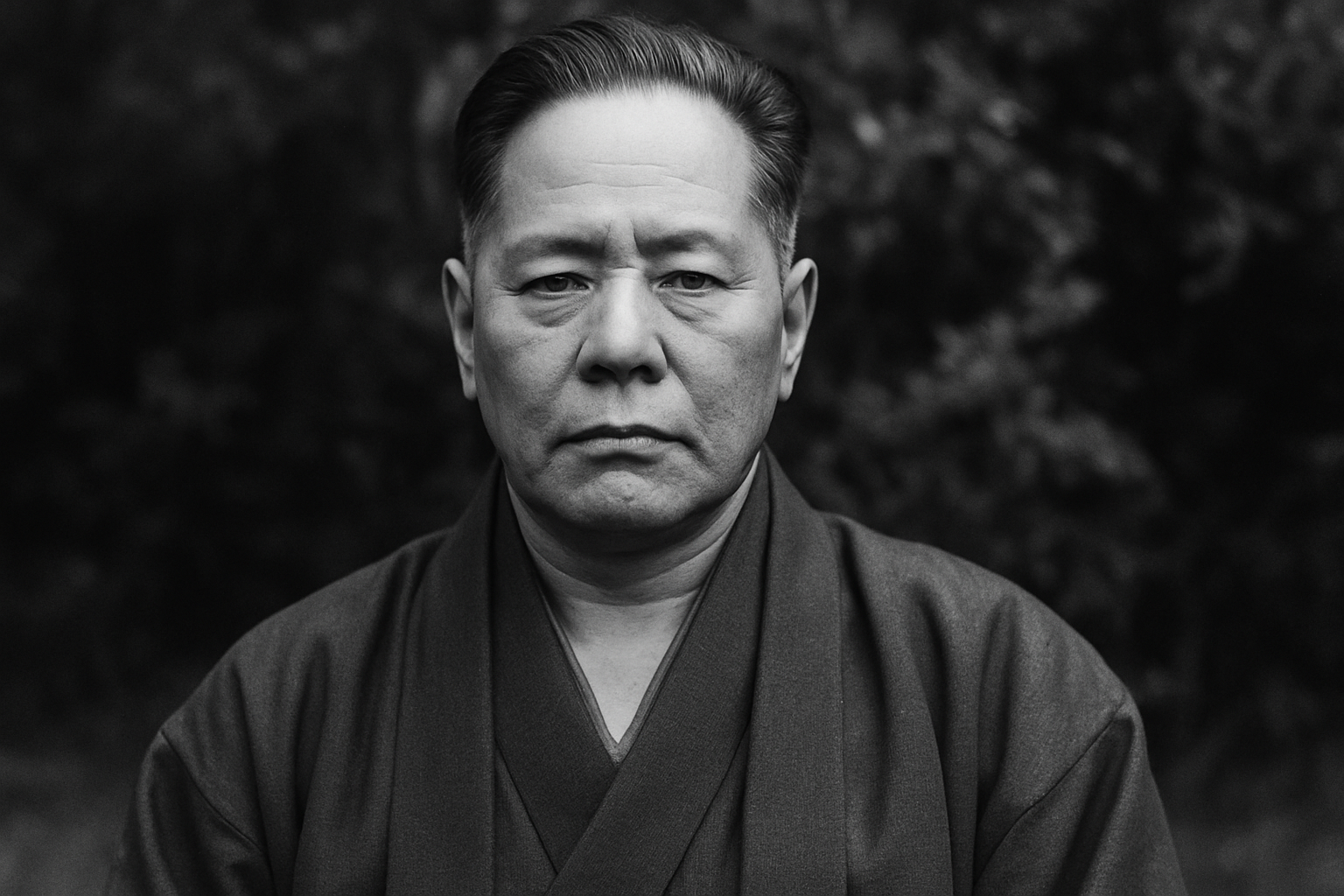
Notes from The Workshop
Essays, Insights & Reflections on the Art & Practice of Authentic Okinawan Karate & Kobujutsu

021 — Death in the Dōjō: The Paradox of Authentic Karate
In the dōjō, we face death quietly, honestly. Karate teaches decisive harm—"for life and death," as Miyagi said—but just as the dōjōkun directs us to practice earnestly, it also instructs us to take care of our health. Trust makes both of these possible: our partners place themselves in danger so we may develop our skills. These same motions that can injure also strengthen; the same breath used when striking also restores. Authentic Karate is a paradox—the study of destruction that preserves life—challenging us to accept our mortality and, in doing so, to live more fully and well.

017 — Karate is a Living Folk Art, Not a Martial Art
Karate is not a martial art, but a living folk art—an Okinawan cultural practice shaped in village courtyards and backyards, rooted in personal preservation and community. It did not descend from the battlefields of imperial Japan, nor was it forged for military conquest. Before it was transformed by Japanese nationalism into a regimented budō, Karate was passed down through intimate teacher-student relationships, preserving not just techniques but a cultural understanding. To reclaim Karate today is to return to those roots—training not for trophies or rank, but for character, culture, and real-world self-protection.

015 — The Okinawan Spirit of Not Losing, Part 5: In Conclusion
The Okinawan spirit of “not losing” is not about avoiding a fight at all costs — nor is it about winning at any cost. It is the disciplined choice to act at the right moment, with just enough force to end a conflict without needless harm. Rooted in culture of Okinawa, this principle blends timing, judgment, and moral responsibility into the heart of Karate’s true purpose: protecting life while preserving peace.

014 — The Okinawan Spirit of Not Losing, Part 4: Sōken Hohan and the Woman
One day in postwar Okinawa, an aging but formidable Sōken Hohan came upon a group of young men harassing a woman. Without words or warning, he calmly approached, dropped the most aggressive of them with a single movement, and watched as the rest fled. There was no anger, no retaliation—only quiet action and restraint. In that moment, Sōken demonstrated the true purpose of Karate: not to dominate, but to protect. As he once said, “True Karate is not for fighting, but for peace.”

013 — The Okinawan Spirit of Not Losing, Part 3: Miyagi Chōjun and the Sailor
In the bustling port of Naha, a large and aggressive foreign sailor threatened the peace. Miyagi Chōjun stepped forward—not with force, but with calm resolve. In seconds, the man was unbalanced and on the ground, unharmed yet subdued. Miyagi’s response embodied the true spirit of Gōjū-ryū: strength in restraint, victory without violence.
“No matter how you may excel in the art of Te, and in your scholastic endeavors, nothing is more important than your behavior and your humanity as observed in daily life.”
— Tei Junsoku (1663-1734)

